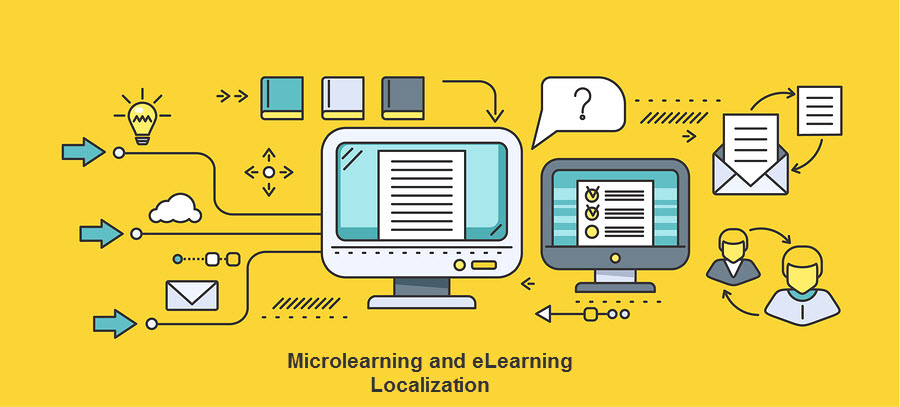Microlearning is a period of time ranging from between 3 and 5 minutes when learners are subject to small burst of learning material. Each burst is focussed on a learning objective. The sorts of media that are used include quizzes, short video clips, quick tests, short games and any other media that projects a learning point. These learning bytes can be accessed via a smart phone, a tablet, a desktop computer and a laptop.
Microlearning is a growing trend
The Microsoft Corporation in 2015 undertook a study on attention spans and an alarming result was revealed that human attention spans are falling at least with marketers who were the group targeted in the study. It seems that this is happening to learners as well. The message is clear and that is study materials need to be adapted to take into consideration this change in length of attention spans.
Microlearning on a smart phone
With the problem with attention spans using a smart phone is a good way of mastering it. This is because the microlearning snippets can be viewed anytime and anywhere. This is nowhere near comparable to even sitting in front of a desktop computer. When the learner is in the mood to learn, he or she simply gets out their smart phone and runs through a few microlearning lessons.
Benefits of eLearning Localization
Because each lesson is a short burst it is cost effective to include it on an elearning platform. It’s also relatively cheap by comparison to localize the content of the microlearning project because of the lack of words and the absence of long explanations. This means it doesn’t take long to introduce it to many different language speakers after it’s been translated by professional translation services.
Designing a microlearning program
In order to be successful a microlearning project should keep off complex sentence structure and not include sentences which are wordy. To the point short, sharp teaching points should be the norm, ones that are easy to pick up and remember. Website localisation should be the norm so the microlearning sessions should be easy to translate into many languages. The more websites that are localised for this type of elearning, the better the professional translation services will be at tackling these sorts of projects.




